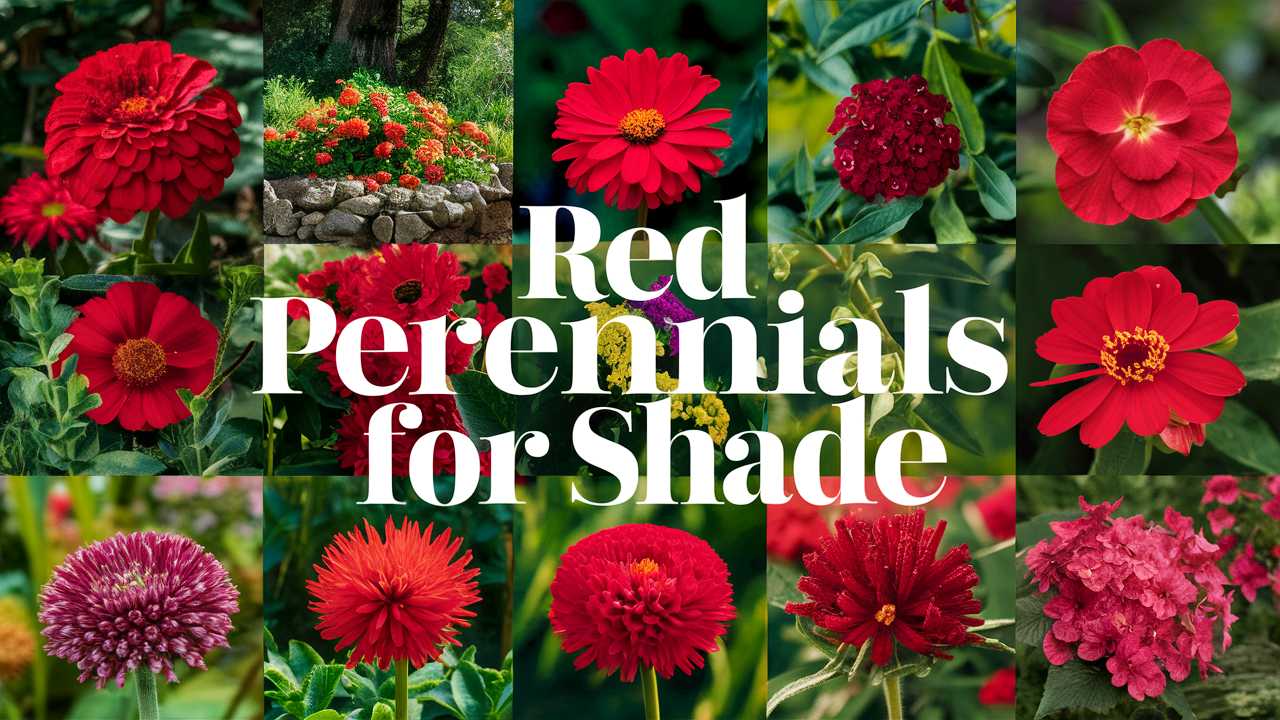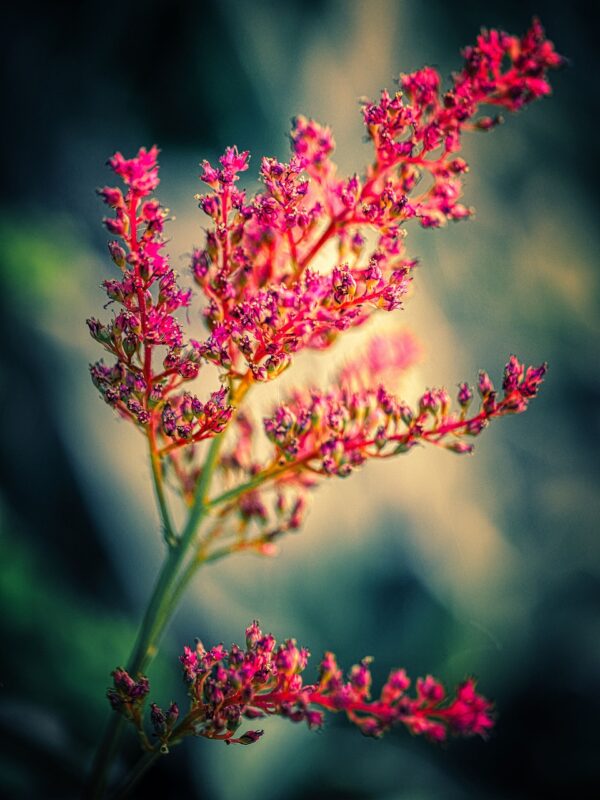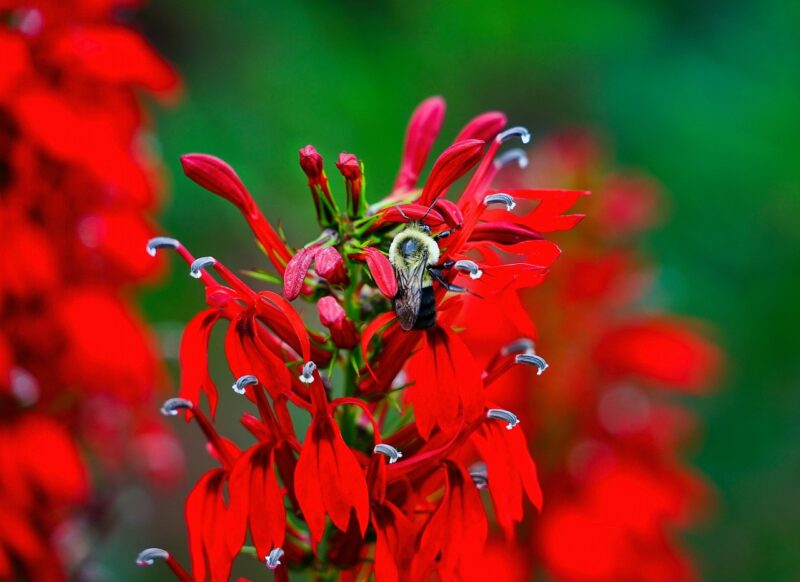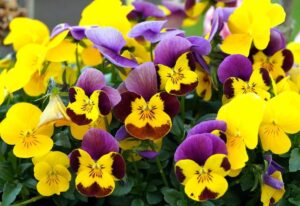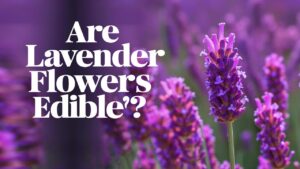Creating a vibrant garden in a shaded area can seem like a daunting challenge. However, incorporating red perennials can breathe life into those darker corners, adding warmth and depth with their striking hues. Let’s explore some unique red perennials that thrive in shaded areas, bringing both beauty and interest to your garden.
Red Astilbe
Astilbe is a fantastic addition to any shade garden, and its feathery plumes can be a stunning focal point. Known for its ability to thrive in moist, shady conditions, this perennial showcases vibrant red varieties that provide height and texture. Astilbe blooms in mid to late summer, featuring delicate, fluffy flower clusters that resemble clouds of color.
The foliage is equally attractive, with lush, fern-like leaves that can create a wonderful backdrop for other plants. Astilbe prefers to be kept moist, making it an ideal choice for those shaded spots near water sources. Pair it with ferns for a lush woodland look or with contrasting colors like white or yellow to accentuate its fiery blossoms.
Heuchera
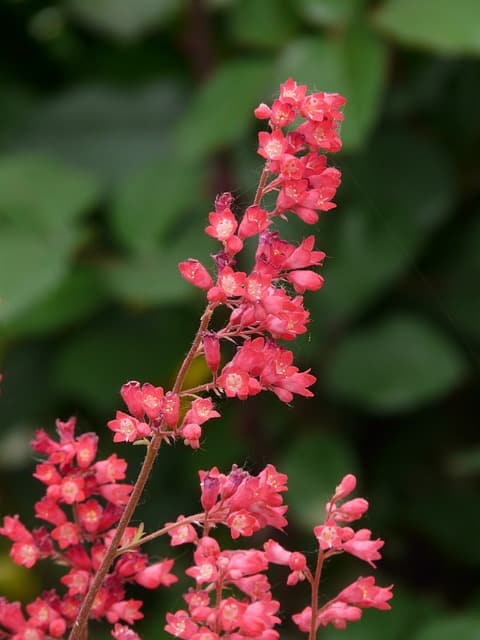
Commonly referred to as coral bells, Heuchera offers a beautiful array of hues, including striking red foliage. This versatile perennial thrives in partial to full shade and is perfect for adding a splash of color near the edges of borders or nestled among other shade-loving plants.
Apart from its vibrant foliage, which can be a brilliant highlight in dim light, Heuchera also produces charming flower spikes that attract hummingbirds. The deep red varieties are particularly eye-catching and can provide a rich contrast against lush green backgrounds. Their adaptability to different soil types and low maintenance makes them a favored choice for gardeners looking to enhance their shade gardens without a great deal of effort.
Japanese Blood Grass
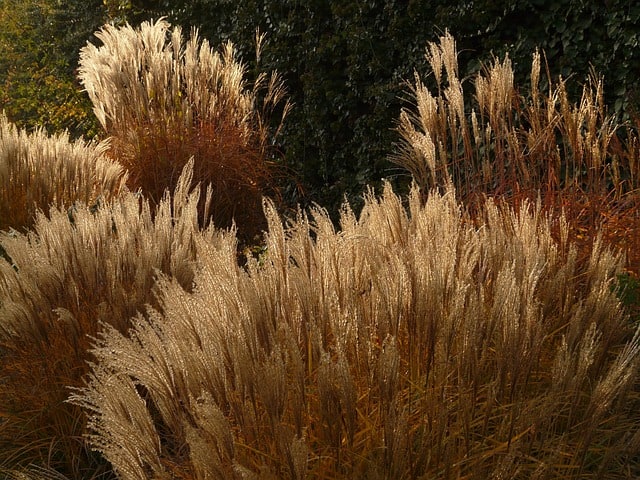
Imperata cylindrica, better known as Japanese Blood Grass, adds a unique visual impact with its striking red-tipped blades. While it’s often grown for its dramatic foliage rather than blooming flowers, this perennial stands out in the landscape with its fiery colors that intensify as summer progresses.
Although Japanese Blood Grass prefers full sun, it can tolerate partial shade, making it a suitable candidate for slightly shadier areas. It can create a bold statement when planted in clusters, illuminating those darker spaces in your garden. The contrasting texture of the grass combined with other perennials can create an intriguing layering effect, drawing the eye while remaining low maintenance.
Bleeding Heart
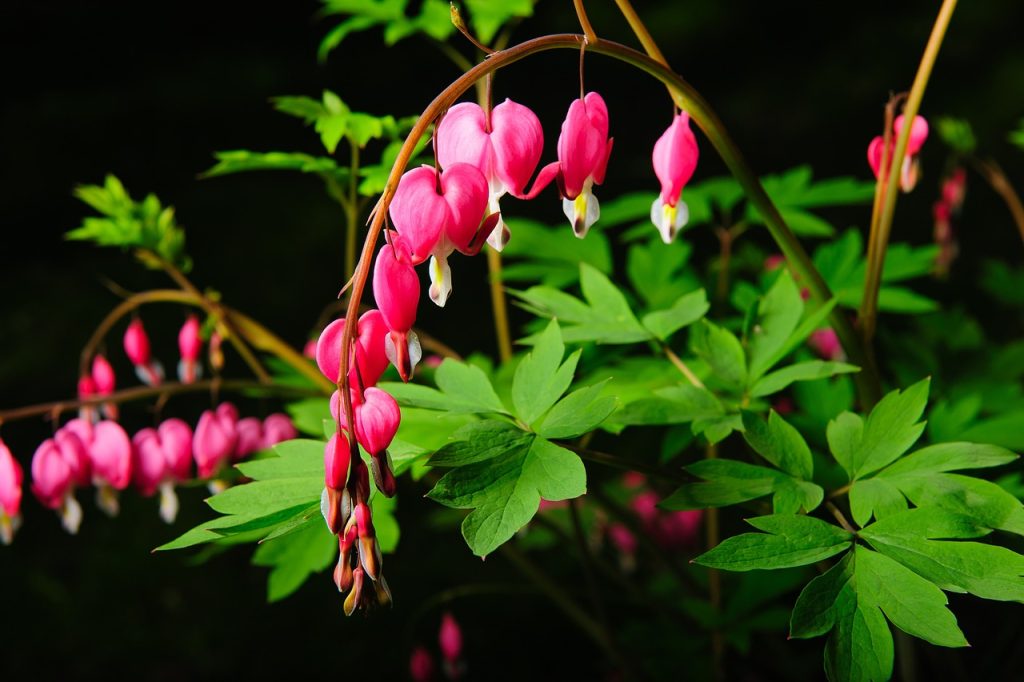
The Bleeding Heart, or Dicentra spectabilis, is a romantic perennial that’s as charming as its name suggests. This plant features heart-shaped blooms that hang delicately from arching stems, offering a stunning display of pink and red flowers that draw admiration.
Bleeding Heart flourishes in shaded conditions, making it suitable for under trees or in areas that receive dappled sunlight. Its unique formations and bright colors can serve as a lush ground cover, providing the illusion of a fairy-tale garden. Beyond its visual appeal, it’s an excellent choice for planting near pathways or benches, allowing you and your guests to admire its beauty up close.
Red Hot Poker
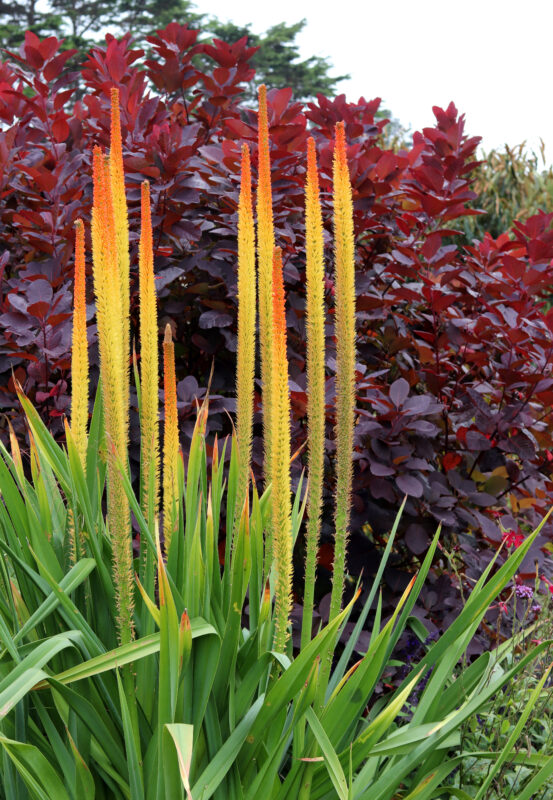
For those looking to make a bold statement in a shadier part of the garden, Red Hot Poker (Kniphofia) could be a wonderful surprise. While these iconic plants prefer full sun, certain varieties tolerate partial shade while still producing their iconic spiky orange-red flowers that resemble fiery torches.
The vertical form of Red Hot Poker adds dynamic contrast to lower-growing foliage and can help create layers in your garden. They bloom in late summer and autumn, attracting various pollinators like bees and hummingbirds. Planting them alongside low-growing shade perennials can enhance the garden’s texture and color profile, creating an inviting and vibrant scene.
Japanese Maple
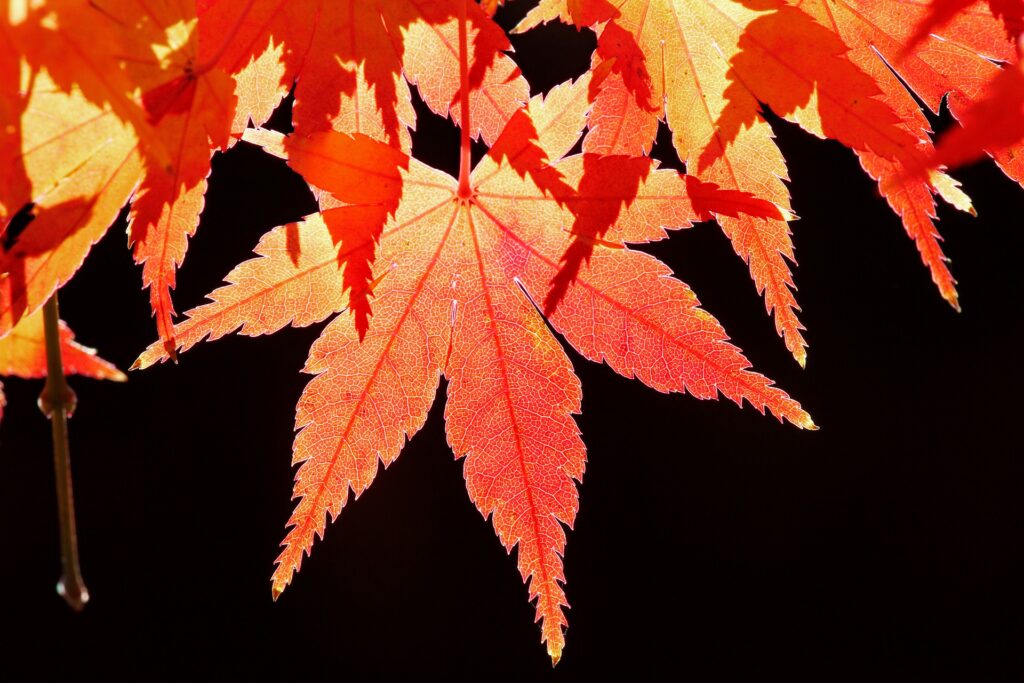
While not a traditional perennial, the Japanese Maple (Acer palmatum) is an essential part of any shaded landscape featuring red hues. These trees come in various forms, but the ones with deep red or burgundy foliage can dramatically elevate a shade garden.
Japanese Maples flourish in well-drained soil and prefer a cooler climate. Their intricate leaf shapes and seasonal color changes—from vibrant red in spring to fiery orange in fall—add a layer of depth and sophistication to your shaded areas. As focal points, they can be complemented by lower-growing perennials for a complete, well-rounded aesthetic in your garden design.
Lobelia
With its cascading growth habit, Lobelia is perfect for adding both color and volume in shady areas. The bright red varieties are particularly eye-catching, displaying vibrant blooms throughout the summer.
Lobelia thrives in moist soil and prefers partial shade, making it an excellent candidate for hanging baskets or as a border plant. When combined with other shade-lovers, such as ferns or hostas, Lobelia can create a stunning tapestry of colors and textures, turning dark corners into inviting spaces filled with life.
Cardinal Flower
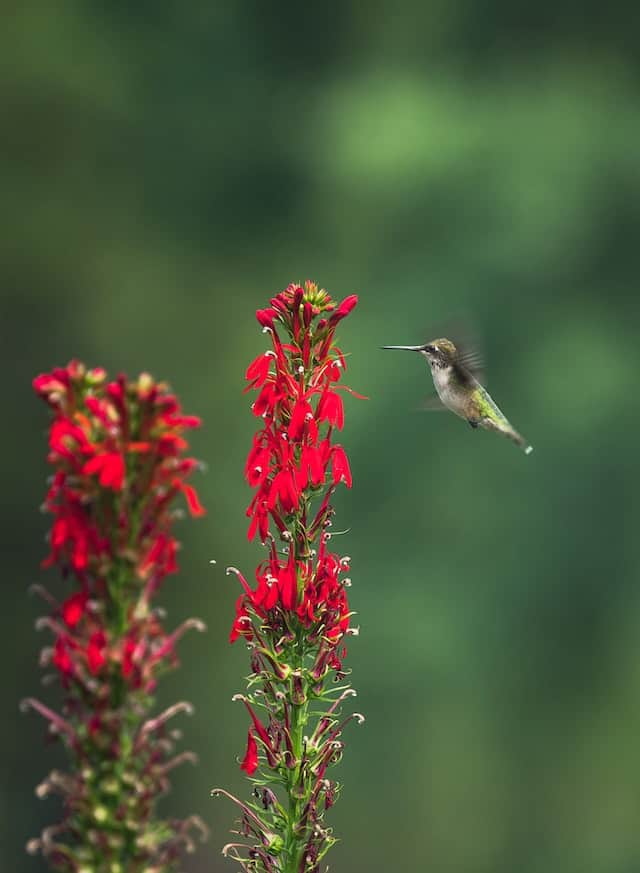
Cardinal Flower (Lobelia cardinalis) is another striking option for your shaded garden. Known for its vivid red spikes, this perennial thrives in wet, low-lying areas and is a natural choice for gardens around ponds or streams.
Blooming from midsummer into fall, this plant attracts pollinators like hummingbirds with its bright color and tubular shape. Cardinal Flower prefers to be in part shade and is an ideal addition to rain gardens or other moisture-retaining spaces. By planting them in groups, you can create a dramatic display that draws attention while enriching the biodiversity of your garden.
Toad Lily
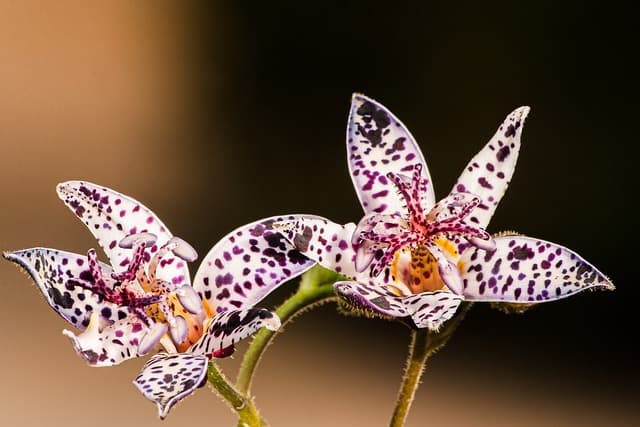
For a unique choice that truly shines in the shade, consider the Toad Lily (Tricyrtis spp.). This extraordinary perennial features exotic-looking flowers that can range from white to lavender with striking red and purple spots.
Toad Lilies bloom in late summer to fall and enjoy moist, rich soil in shaded spots. They thrive under trees or in woodland gardens, creating an enchanting visual effect. Their unusual flowers can add an element of surprise among more conventional shade plants, inviting curiosity and wonder to your garden space.
Red Trillium

If you’re aiming for a native touch, the Red Trillium (Trillium erectum) is an elegant choice. This perennial is known for its distinctive, whorled leaves and stunning deep red, three-petaled flowers that emerge in spring.
Preferring rich, moist soil, Red Trillium thrives in partial to full shade and can create a lovely carpet of color beneath trees or alongside shaded pathways. As a slow-growing perennial, this plant establishes itself beautifully over time and can spread slowly, offering a natural look reminiscent of woodland glades.
Columbine
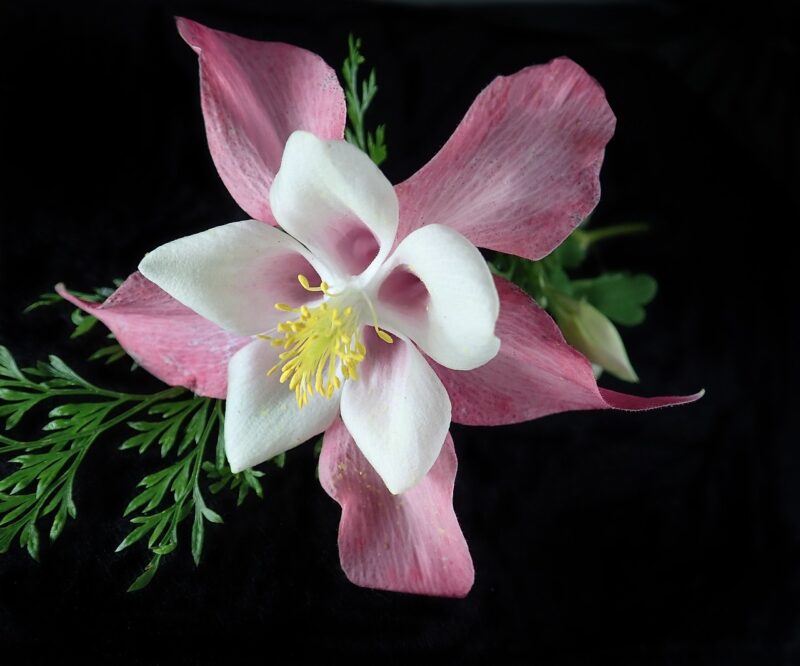
Lastly, the Columbine (Aquilegia) is a perennial that adds a whimsical touch with its unique flower shapes. Though typically recognized for their blue and yellow variations, many red cultivars exist, offering a delightful splash of color in shadowy areas.
Columbines thrive in well-drained soil and appreciate partial shade, making them versatile for various garden settings. Their delicate blooms attract bees and butterflies, creating an additional benefit for pollinator gardens. With their unique charm and versatility, Columbines can be planted in clusters or mixed with other red perennials to create a vivid display in your shaded spaces.


